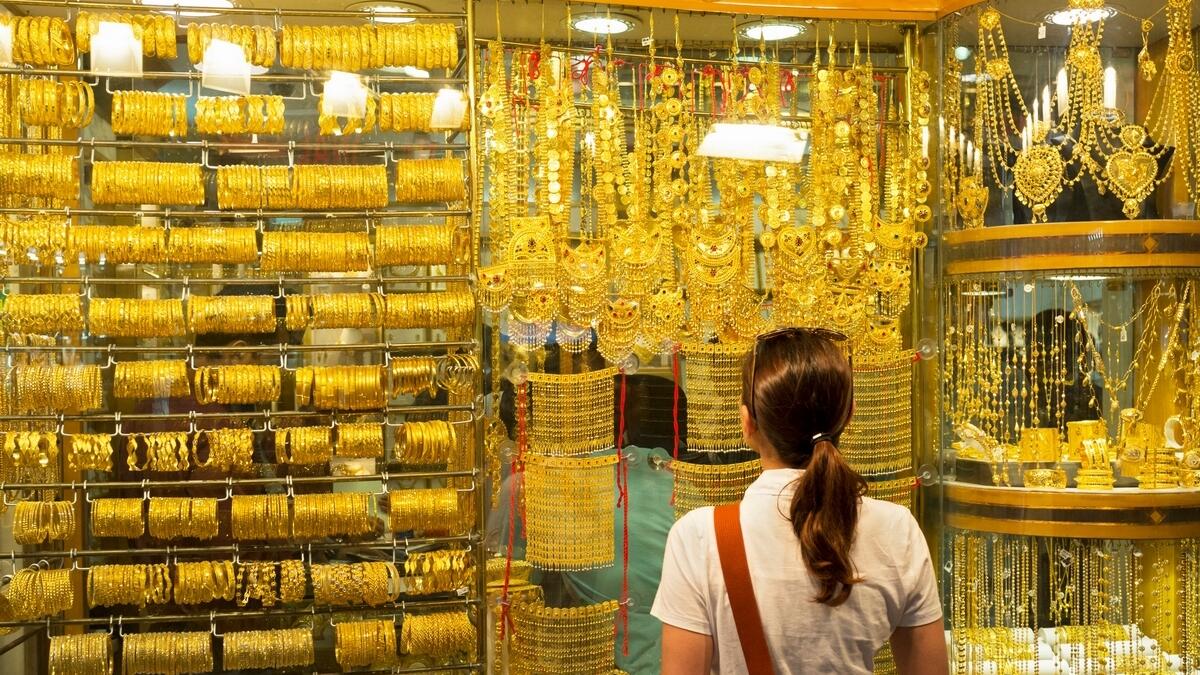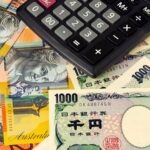Gold prices in the UAE saw a decline of Dh1 per gram on the first trading day of the week after reaching an all-time high over the weekend, surpassing Dh300 per gram. The 24K variant of gold was trading at Dh302.75 per gram on Monday morning, down Dh1 from the previous week’s close. The yellow metal hit a record high in the country on Saturday when prices reached Dh303.75 per gram. Other variants such as 22K, 21K, and 18K were trading at Dh280.25, Dh271.5, and Dh232.75 per gram, respectively.
Globally, spot gold was trading at $2,500.99 per ounce, showing a 0.2 percent decrease at 9.10 am UAE time. The rally in gold prices has been primarily driven by expectations of the US Federal Reserve cutting interest rates in September and geopolitical uncertainty in the Middle East. Ray Jia, research head for China at the World Gold Council, stated that the gold price has been supported by growing expectations of a cut from the US Fed in September, weakening US Treasury yields and the dollar, and rising safe-haven demand on various fronts. Emirates NBD Research mentioned that gold broke through the $2,500 per ounce level for the first time on Friday, slipping back below that level in trading the following morning, but prices are still up about 21 percent year-to-date.
It is crucial for investors and consumers to stay updated with the latest gold prices to make informed purchasing decisions. Following platforms like Khaleej Times on WhatsApp Channels can provide you with the most recent news on gold price trends and fluctuations. With the continuous changes in the economy and global market dynamics affecting gold prices, staying connected to reliable news sources is essential. Whether you are a seasoned investor or someone interested in buying gold jewelry, having access to real-time information can help you make strategic decisions.
The fluctuation in gold prices is not only influenced by local factors but also by global trends and events. Factors such as the US Federal Reserve’s decision on interest rates, geopolitical conflicts, and economic uncertainties can impact the price of gold. As a safe-haven asset, gold tends to perform well during times of economic instability and geopolitical tensions. Understanding these factors and keeping track of market developments can help investors anticipate price movements and take advantage of investment opportunities.
Investing in gold can be a strategic move to diversify one’s portfolio and hedge against market volatility. Gold has historically been considered a reliable store of value and a safeguard against inflation. As an asset class, gold offers stability and liquidity, making it an attractive option for investors looking to balance their risk exposure. With the current uncertainties in the global economy, including trade tensions and geopolitical risks, gold continues to be a preferred choice for investors seeking a safe-haven asset.
While the recent dip in gold prices may be a short-term fluctuation, the overall trend of increasing prices indicates a positive outlook for gold as an investment option. The expectations of a rate cut by the US Federal Reserve and ongoing geopolitical tensions are likely to sustain the upward momentum in gold prices. As the global economy grapples with uncertainties, gold remains a valuable asset for investors seeking stability and growth potential. Keeping track of market developments and staying informed about the factors driving gold prices can help individuals make informed investment decisions and capitalize on opportunities in the gold market.











